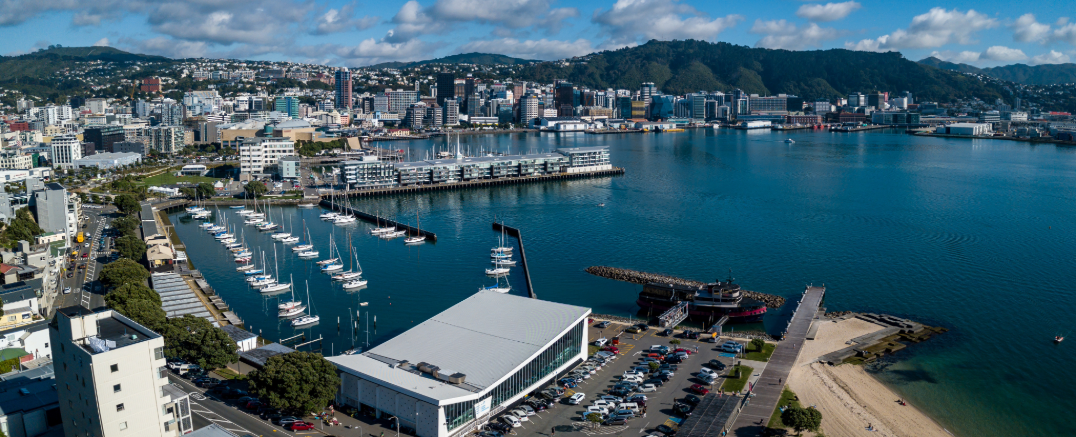Sustainability is a bit of a buzzword these days. Whilst environmental sustainability may be the area that first comes to mind, today let’s discuss the economic sustainability of the Wellington construction industry.
It’s no secret that the Wellington market is currently being squeezed. Main contractor tender margins are hovering around the current OCR rates, their phones red hot with calls from subcontractors and suppliers eagerly chasing the next potential opportunity. This is not sustainable.
To really understand the current situation, we need to look deeper than the main contractors and their margins as a market indicator. It is not the main contractors that drive the overall tender price as the tender pricing is largely driven by the subcontractor market. Main contractor margins move within much narrower margins than the subcontractor market.
Wellington is a tight market, with a relatively small pool of subcontractors, especially ones capable of delivering more specialist trades at significant scale. As a result, these subcontractors have greater ability to fluctuate the market.
The typical cyclical scenario appears to be:
Good times: subcontractors margins jump, become under resourced, ‘find’ some additional labour, struggle to deliver on commitments, performance and quality drop.
Slowing times: subcontractors now ‘over resourced’, worried about securing forward workload, margins trimmed, hire purchase agreements for their utes, boats, jet skis etc, suddenly start to bite.
Recessionary times: subcontractors’ contract to bare minimum resources, look for cashflow rather than margins to service their overheads and maybe keep a couple of key staff going, skills and knowledge are lost from the industry.
What are the drivers for this cyclical behaviour?
Sporadic investment and lack of long-term planning, available competitive funding, assured commitment, short government election periods, and ‘annual’ budget approvals all impact on creating a sustained pipeline of work. Consequently, market confidence is weaker which limits contractor maturity, restricts forward planning, growth, and contractor commitment to developing efficient sustained businesses that can operate at steady and consistent margins.
Despite the lag between consultants becoming busy, to when main contractors start to fill their forward workload, followed by the subcontractor trades, dare I say it, I am seeing the first signs of increased activity within the Wellington market.
Now is the time to work together to establish a more sustainable way of doing business to break the cycle. How?
Let’s build on our relationships with our clients, developers, government entities, and funders.
Work with them to establish business needs, strategic and planned investment, current and future maintenance needs, and available funding sources.
Support them in developing their pipelines and procurement strategies so that they can better understand and what their future business looks like and how to achieve this. Most importantly, broadcast these outcomes to our delivery partners. Give them confidence in these pipelines, provide timeframes, and commitment so that they can develop their businesses in a mature and sustained way.
Let’s break the cycle, develop a sustainable economic strategy, and a thriving construction industry, building a better, brighter future for our inhabitants of Wellington.
Source: Property Council New Zealand opinion article by Richard van Looy





